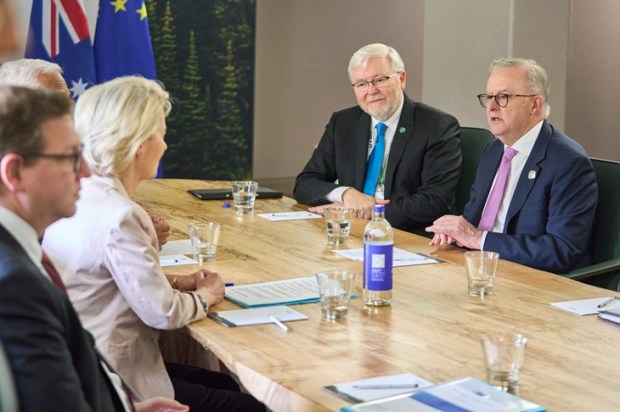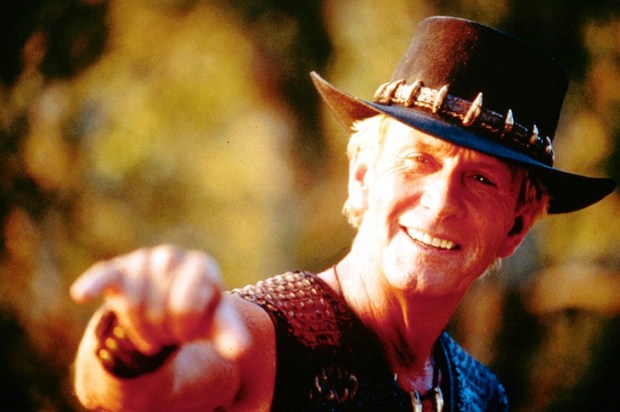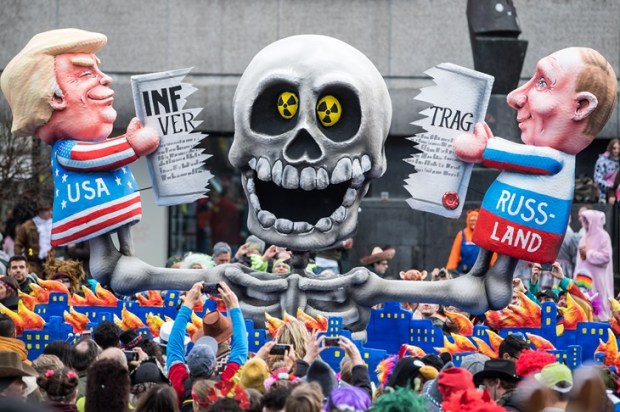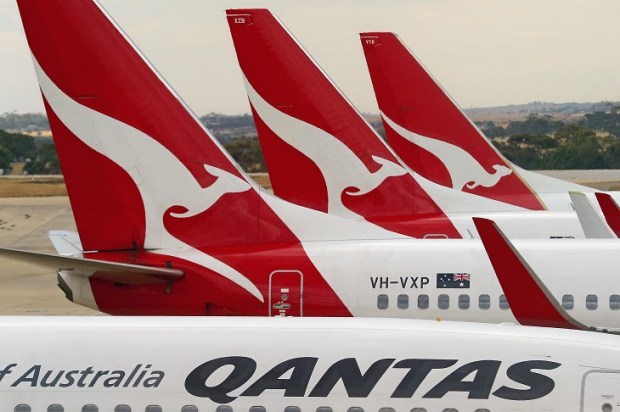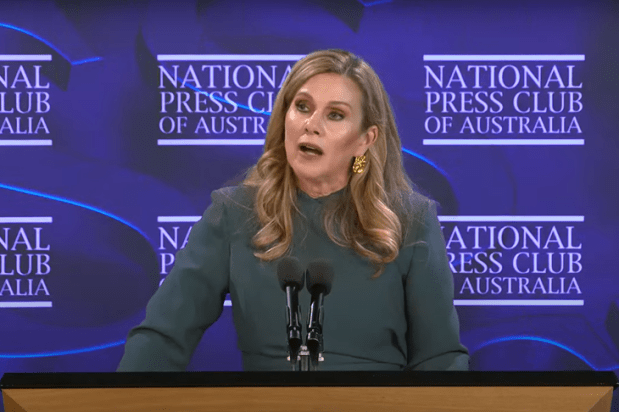On May 16, 2025, Istanbul hosted the first direct peace negotiations between Ukrainian and Russian delegations since 2022. Against the backdrop of a grinding and devastating war, the summit offered a glimmer of hope – but one largely dimmed by entrenched positions, political theatre, and a stark absence of presidential leadership. While the Australian public may view the Ukraine conflict as geographically distant, the strategic, economic, and moral stakes ripple far wider. What happens in Istanbul, Kyiv, or Moscow ultimately matters in Canberra, Darwin, and the Pacific.
A Modest Breakthrough Amid Strategic Stalemate
The talks did yield one tangible achievement: a large-scale prisoner exchange involving 1,000 captives from each side – the largest since the full-scale invasion began. This humanitarian breakthrough deserves recognition. It proves that, despite mutual hostility and distrust, both parties retain the capacity to cooperate – if only narrowly.
But Ukraine’s more urgent appeals – a 30-day ceasefire, a direct Zelenskyy-Putin summit, and pathways to wider de-escalation – were effectively rebuffed. Russia’s delegation, described by Ukrainian officials as technocratic and tightly stage-managed from Moscow, reiterated maximalist demands: withdrawal from Donetsk, Luhansk, Zaporizhzhia, and Kherson, regions it claims but only partially controls. Ukraine, in turn, dismissed these terms as both unrealistic and disingenuous.
Political Optics and Domestic Theatre
For both Kyiv and Moscow, the Istanbul talks served as much as a diplomatic performance as a genuine engagement. President Zelenskyy, confronting mounting war fatigue, inflation, and military attrition, needed to signal momentum at home and resolve abroad. His invitation to Putin for direct talks in Istanbul was bold, perhaps theatrical – but it reaffirmed Ukraine’s openness to diplomacy.
Putin, predictably, declined. His absence underscored the Kremlin’s calculation: it gains more from intransigence than from negotiation, particularly ahead of its own tightly managed electoral cycle. For Putin, compromise is weakness. His domestic narrative is calibrated around resisting Western aggression and defending Russian sovereignty, even as the war increasingly resembles a frozen conflict of attrition.
Turkey’s Transactional Role
As host, Turkey reprised its familiar balancing act. President Erdoğan seeks to position Ankara as a power-broker between Nato and Moscow – a regional fixer with global aspirations. Turkey previously brokered the 2022 grain corridor deal, and Erdoğan hopes Istanbul can again project influence. But Ankara’s motivations are hardly altruistic. Turkey’s economy stands to gain from regional stability, and Erdoğan’s foreign policy – assertive, opportunistic, and increasingly neo-Ottoman in tone – seeks both relevance and leverage.
China’s Calculated Silence
Beijing, notably absent from Istanbul, maintained studied silence. This quiet detachment is telling. China has positioned itself as a potential peace broker in the past, but its inaction here suggests either passive alignment with Moscow or strategic ambivalence. Regardless, Beijing’s disengagement removes one of the few powers that might have credibly pressured Russia toward genuine compromise. In a world no longer led solely by Washington or Brussels, diplomacy demands multipolar participation. China’s silence speaks volumes.
Why This Matters for Australia
At first glance, Australia may seem far removed from trench lines in Eastern Ukraine. But distance is deceptive. This conflict has already reconfigured the international order in ways that touch Australian interests deeply – from defence strategy and regional stability to economic resilience and normative leadership.
Australia’s support for Ukraine has been consistent and bipartisan. Canberra’s provision of Bushmaster vehicles, ammunition, and financial aid has been significant relative to our size. But this support is more than symbolic. It reflects a clear recognition that rules-based order matters. If Ukraine’s territorial integrity can be redrawn by force, what prevents a similar precedent in the Indo-Pacific?
Moreover, Australia’s strategic planners – grappling with challenges in the South China Sea and Taiwan Strait – know that deterrence is cumulative. Demonstrating that aggression carries cost and that diplomacy cannot be decoupled from sovereignty helps uphold norms closer to home.
Economic Ripple Effects
Australian farmers and consumers have already felt the war’s indirect impact: global grain prices, fertiliser supply chains, and fuel markets have all been destabilised. Ukraine is a major agricultural exporter, and Australia’s Indo-Pacific neighbours – particularly in Southeast Asia and the Pacific – depend on global grain stability. Instability there fuels food insecurity and regional dependence, which in turn affects Australia’s aid and diplomatic posture.
Meanwhile, Europe’s pivot away from Russian energy has opened new markets for Australian LNG and coal – but these are double-edged opportunities. Geopolitical uncertainty creates volatility that long-term trade partners may find hard to navigate. A stable Europe is ultimately better for Australian exports than a fractured one.
Regional Reflections: Pacific and Beyond
The war in Ukraine has also sharpened geopolitical competition across the Pacific. China’s maritime assertiveness, digital diplomacy, and security overtures in places like the Solomon Islands have mirrored Russian tactics – salami slicing, narrative warfare, and legal ambiguity.
Pacific Island nations, many of whom maintain diplomatic ties with both the West and China, watch Ukraine not just as a conflict, but as a test of resolve. If Australia champions democracy and sovereignty in Ukraine, it strengthens its credibility in the region. Failure to follow through, or strategic ambiguity, could create space for others to fill.
Australia’s Voice in Middle-Power Diplomacy
With US attention increasingly divided – domestic political polarisation, Gaza, Taiwan, and now renewed turbulence in North Africa – middle powers like Australia may find themselves playing a greater diplomatic role. While Canberra cannot resolve Ukraine, it can continue to pressure for peace grounded in international law – not mere ‘pause buttons’ that reward military occupation.
This includes backing creative solutions: phased ceasefires, humanitarian corridors, local referenda under international supervision (where viable), and demilitarised zones with third-party monitoring. These are imperfect, often impractical, but better than performative summits with no follow-up.
Australia’s recent UN votes, DFAT briefings, and bipartisan support for Ukraine all matter, but now the challenge is to sustain momentum. A distracted West, an assertive Russia, and a quiet China together present a sobering tableau.
Conclusion: Istanbul as Waypoint, Not Turning Point
The Istanbul talks reflect both the potential and limitations of diplomacy in an era defined by strategic distrust. The prisoner swap was a humanitarian step forward, but the absence of presidential engagement, and the maximalist posturing on both sides, signal a long road ahead.
For Australia, this moment offers more than headlines. It offers a case study in the fragile architecture of peace, the importance of principled diplomacy, and the risks of disengagement. In this sense, Istanbul should not be dismissed as a distant drama, but viewed as a mirror. What happens in Europe matters here.
Because peace may begin in Istanbul, but its success – or failure – will echo through the Indo-Pacific, and Australia must be listening.


